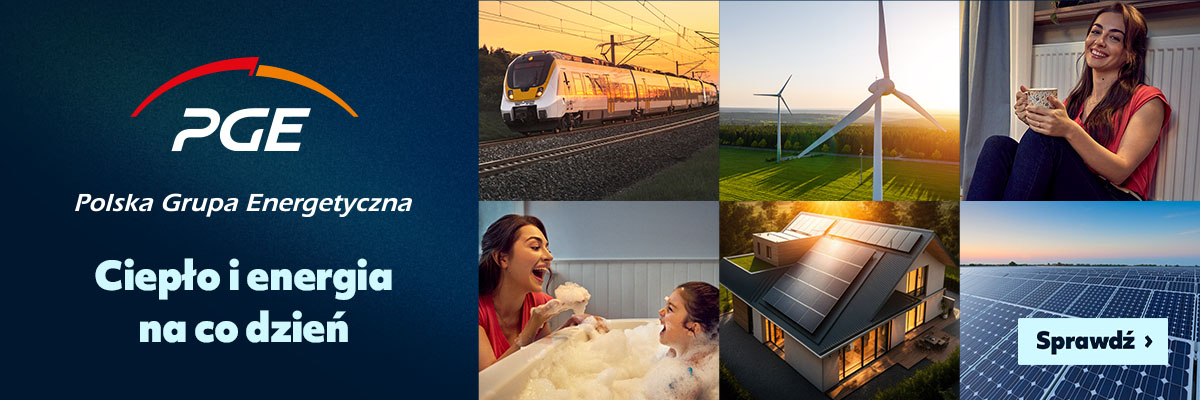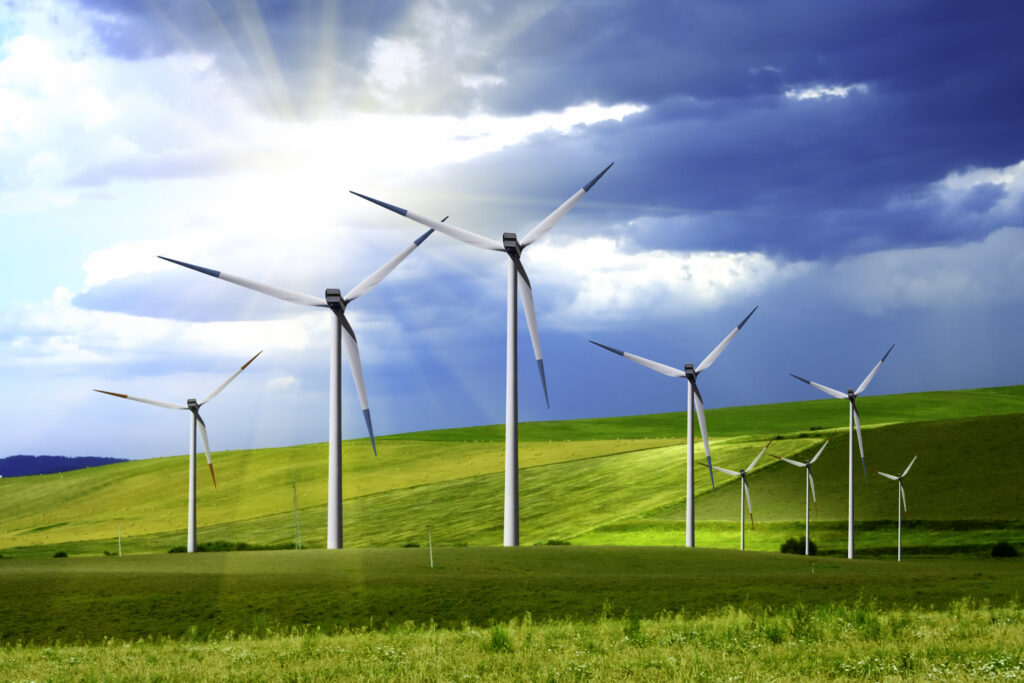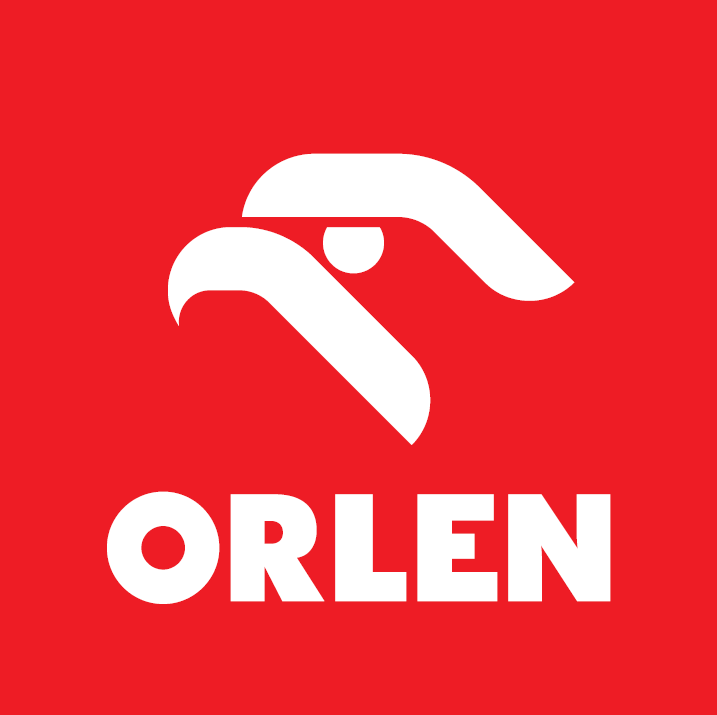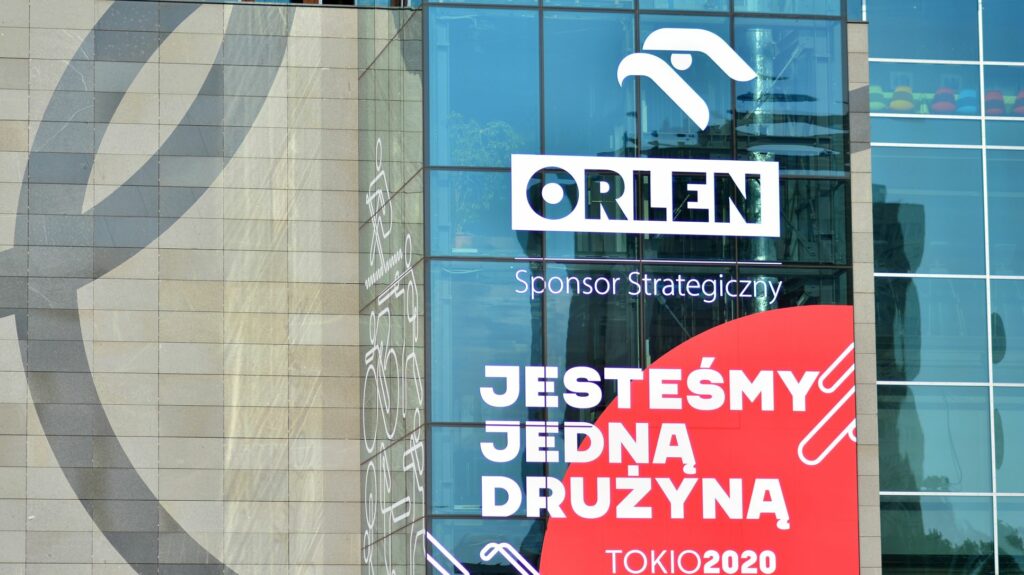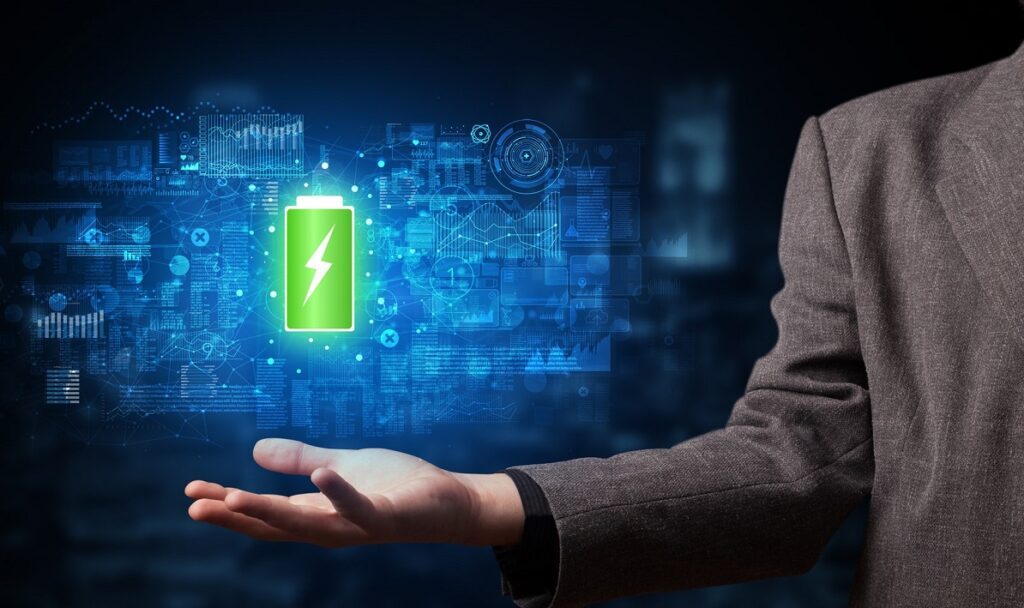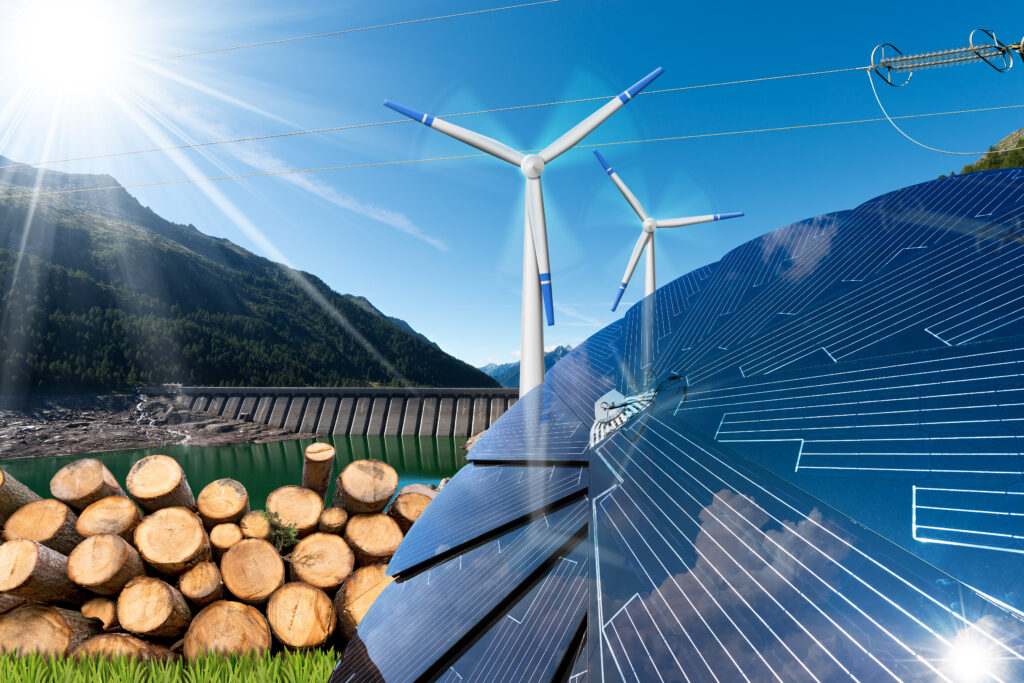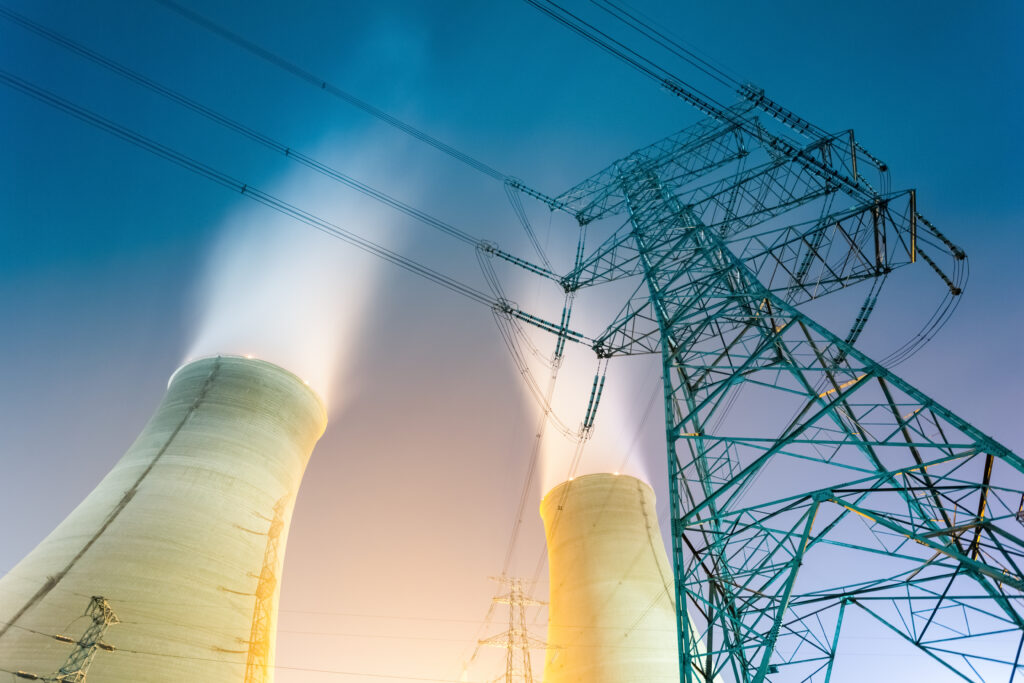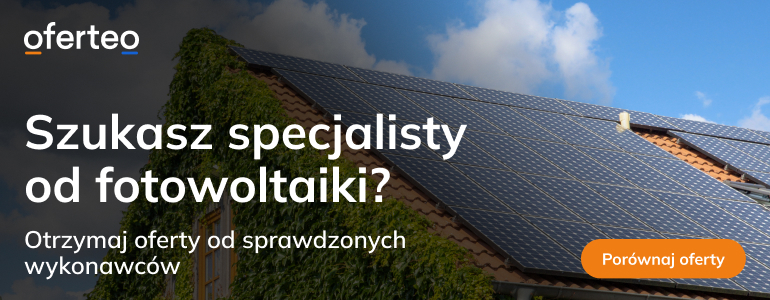Spis treści
After the European Wind Package was released by the European Commission on October 24th, European institutions continue their efforts to ensure the development of onshore and offshore wind farms with a significant involvement of EU companies. As a reminder, one of the main pillars of the Commission’s proposals, aiming to secure new wind power capacity of up to 37 GW annually by 2030, is the improvement of auction systems.
Observing a slowdown in project implementation and increasingly canceled auctions, Brussels has proposed solutions to make the support levels obtained in auctions sufficiently attractive for new project realization, avoiding the occurrence of very low or even negative prices. On the other hand, new investments are expected to rely increasingly on European technologies, ensuring a higher level of so-called local content in the pan-European understanding.
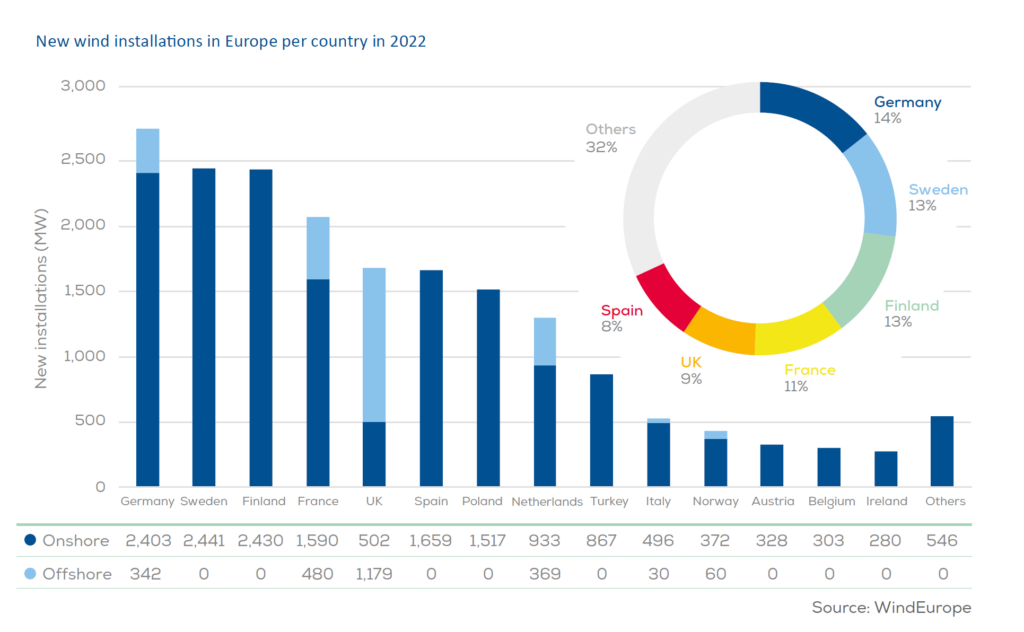
The development of domestic businesses is crucial for all EU countries expanding their wind energy sector. However, European regulations based on free competition have, until now, posed significant challenges in ensuring contracts for domestic suppliers.
In Poland, we already have the first closed tenders for the supply of equipment for pioneering offshore wind farms. The goals for local content in the initial projects, set by the government’s Sector Agreement with the industry, ranged from approximately 20-30%. From public announcements of companies, it can be inferred that the most advanced project, Baltic Power, a collaboration between PKN Orlen and Canadian company Northland, achieved this level of national industry participation by outsourcing the supply of cables to the national company Tele-Fonika Kable and the substation to the Baltic Industrial Group. The extent to which future investors will involve local companies in their projects remains to be seen. However, it won’t be easy, as the Polish industry, in general, is not fully prepared for the development of this new segment.
Not only the price is important.
he fundamental goals for the development of the European wind industry, in conjunction with the increasing installed capacities, are outlined in the new communication that forms the backbone of the EU Wind Package. Brussels’ idea is to harmonize solutions in auctions for wind projects carried out within the Union. Specifically, member states are expected to consider new “non-discriminatory” qualitative criteria in their future auctions, aiming to maximize the chances of executing projects safely and on schedule.
The new criteria are intended to address issues such as cybersecurity, environmental balance, product quality, innovation, etc. Penalties for deviating from project implementation may also be considered as an additional criterion. The flagship idea behind these criteria is, of course, to increase the share of orders for EU suppliers and weaken the competition, primarily from Chinese companies.
How to secure our business?
It’s worth noting that the Chinese are gradually taking over the global wind turbine market (the main cost component in building wind farms), much like they did years ago with the global photovoltaic market. According to Bloomberg, in 2022, the Chinese company Goldwind already had the largest share in overall wind turbine production, surpassing the Danish Vestas and American GE.
In the case of offshore wind turbines, Vestas remained the global leader, with the German company Siemens Gamesa holding the second position. However, the Chinese company Mingyang was already closely following both European firms. This trend may continue to shift in favor of Chinese companies, especially considering Siemens Gamesa’s recent challenges with turbine reliability. The owner of Siemens Gamesa, Siemens Energy, has recently obtained support from the German government in the form of an 8 billion euro guarantee.
Meanwhile, Chinese companies are making inroads with their offerings in Europe, as demonstrated by their recent successful bids in Serbia. The competition in the offshore wind industry is dynamic, and the landscape may continue to evolve based on factors such as technological advancements, market dynamics, and the performance of individual companies.
No one will build for free.
Brussels also promises a more intensive dialogue with countries regarding negative prices in auctions and how to combat this phenomenon, which hinders the realization of ambitious goals for wind farm development in Europe. Another issue identified by the Commission is the imposition of strict upper price limits in some countries.
An important element is the question of price indexation in auctions, necessary due to the constantly rising costs of equipment, especially as a result of inflation caused by the energy crisis. The wind industry in Europe has long been advocating for such indexation. In Poland, such indexation was already legally implemented (at the end of 2022) for the first-phase offshore wind farm projects, where the maximum price in a bilateral differential contract was administratively set.
To implement changes in auctions, Brussels first promises to develop non-binding recommendations for EU countries, which will complement the implementation of the goals of the new Net-Zero Reduction Act (hereinafter: “NZIA”). At a later stage, stricter legal instruments enforcing the application of these criteria and mandatory harmonization of auction solutions through an executive act to the NZIA are expected.
In addition to this, ongoing negotiations on the reform of the EU energy market, likely to be concluded later this year, will introduce the obligation to use two-sided differential contracts in auctions for new wind farm projects benefiting from public support.
Parliament sets a trap for the Chinese
The proposed longer administrative path for the introduction of tough legal solutions to improve auctions for “wind turbines” has alarmed the European industry, resulting in strengthened lobbying to include as many specifics as possible in the text of the currently finalized NZIA (negotiations between the European Parliament and EU ministers are expected to be concluded in the first quarter of 2024).
As a result of industry pressure, very specific proposals for changes to the NZIA text have already been adopted by the European Parliament a few weeks ago, without waiting for the Commission’s executive act. For example, MEPs proposed that, as a qualification criterion in auctions for net-zero technologies (including wind farms), no more than 50% of the financial value of equipment should come from countries that have not signed the Government Procurement Act (GPA) agreement within the World Trade Organization. It happens that China has not signed this agreement.
The European Parliament also proposes non-price criteria in auctions, which would collectively carry significant weight, ranging from 35% to 50% – specifically environmental sustainability and supply chain resilience. Additionally, all equipment would be required to be certified for compliance with cybersecurity requirements. Only if the application of such non-price criteria does not result in attractive offers, then it will be possible to bypass them and conduct another round of auctions.
Countries want to leave a loophole
Yesterday, EU ministers also adopted their position on the NZIA, including the proposed changes to the auction model. In the final text of the agreement, it was stated that offers in auctions should be deemed insufficiently diversified if specific technologies and devices delivered to the EU come from outside the EU in over 50%.
For reference, the share of Chinese wind turbines in the European market is still low, with European companies still dominating this segment with approximately 80-90% market share. However, if the share of European companies starts to decline in the future and exceeds the 50% market share threshold for Chinese suppliers, national authorities would be obliged to introduce additional restrictions in public tenders for non-EU suppliers.
Furthermore, if in such a scenario, the bidders do not limit the share of external suppliers to less than 50% of the value of a given technology or device, they would be required to pay a penalty of at least 5% of the value of the contracted technology. To dispel doubts about which countries these restrictions apply to, the end of the provisions agreed upon in the Council includes an exemption from these strictures for third countries that have signed the GPA agreement within the World Trade Organization.
The Council also proposes qualification criteria for participation in auctions similar to those of the European Parliament, such as responsible business conduct, cybersecurity, and the ability to fully and timely implement the project. Additionally, like MEPs, ministers proposed additional non-price criteria in auctions such as innovation, environmental balance, and resilience (read: EU supplier). Unlike the European Parliament’s position, the Council’s position does not specify the weight of these criteria in the final assessment.
However, ministers maintained an important escape clause for Chinese suppliers. If, as a result of applying barriers, there is no competitively priced offer, restrictions can be lifted. Specifically, if the cost difference between Chinese offers and the rest of the world exceeds 20%, this may be considered a sufficient condition for lifting restrictions. Given the attractiveness of Chinese offers on the market, it can be expected that the 20% bidding threshold will not be a major problem for them.
How to carve out your piece of the pie without overpaying
The fight to maintain the position of the European wind industry in the supply chain of wind energy is important, as the goal of the European Green Deal is not just to reduce CO2 emissions, but also to provide an impetus for economic growth and the creation of “green jobs” – preferably ones that do not rely solely on Asian components. The battle for a piece of the photovoltaic pie has largely already been lost to China. Now, another battle is underway to prevent the same from happening with wind turbines.
However, it is worth remembering that the “Made in the EU” label also entails higher costs for investors, which will ultimately be borne by energy consumers. The question is whether it is worth paying for the EU to not only be a global leader in emissions reduction but also to benefit from the business advantages associated with the implementation of decarbonization policies?
After the New Year, negotiations in trilogues will begin on how to protect the European wind industry without simultaneously increasing costs for consumers, and their conclusion is possible in the first quarter of 2024.
